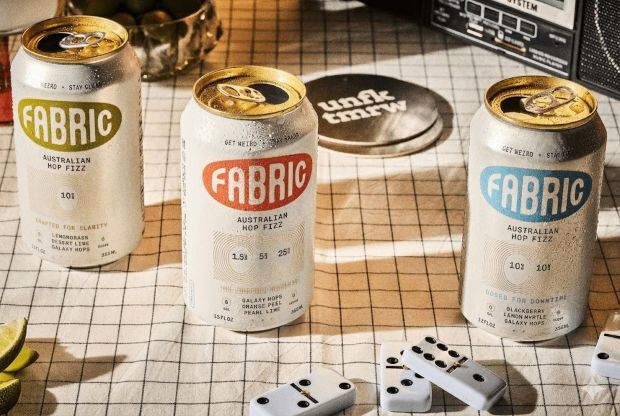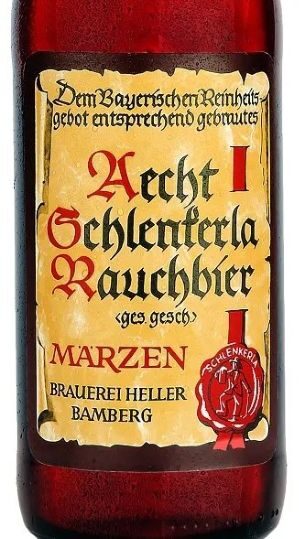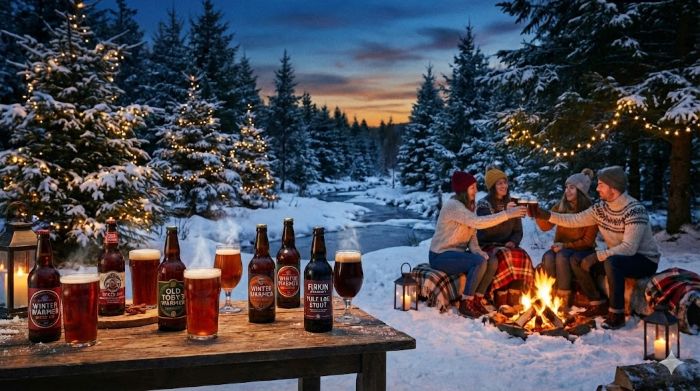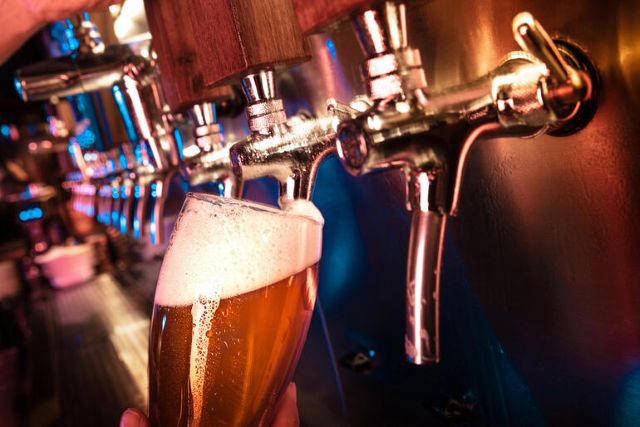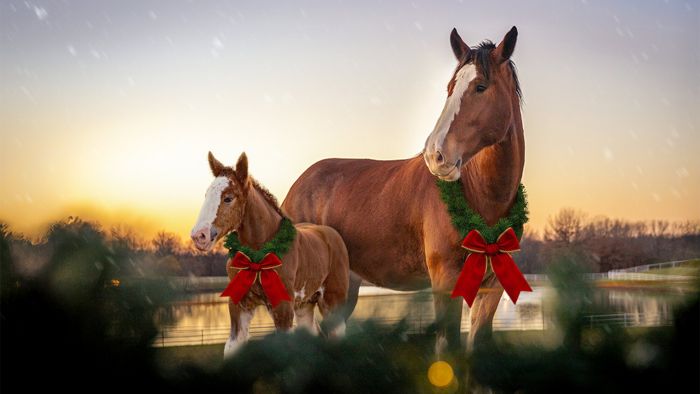Draft Quality on Wheels: Temperature, Line Length, and Foam Control
Draft Quality on Wheels: Temperature, Line Length, and Foam Control
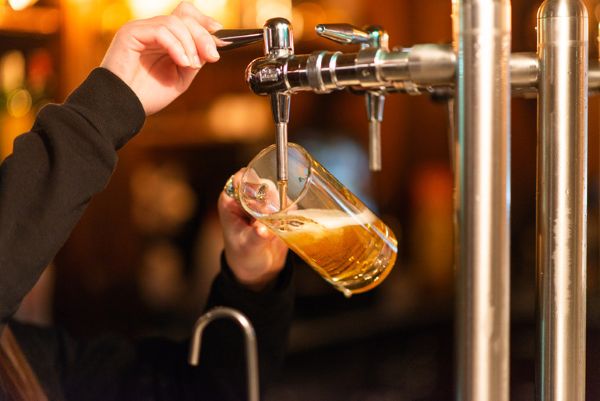
Rolling service shouldn’t mean rolling the dice on quality. If you’re pouring from a trailer, cart, or pop-up bar, draft performance comes down to three variables you can actually control: temperature, line length, and foam management. Nail those, and mobile pours look and taste like a dialed-in taproom.
For breweries and event hosts, getting this right doesn’t just keep the beer flowing; it protects the character of every pint, ensuring that customers experience the same quality on the road as they would inside the brewhouse.
Temperature: cold chain from keg to faucet
Beer hates swings. Keep kegs 34–38°F and protect that temperature all the way to the faucet with insulated runs or glycol. Every warm inch adds CO₂ breakout and turbulence. Park in the shade, let kegs rest before service, and verify with a known-accurate probe thermometer at the shank, not only the box readout. If the faucet feels warm, the line is warm, and foam is coming. For brewers and event pourers, these small checks protect the beer’s integrity, making sure the flavor, carbonation, and mouthfeel hold up outside the taproom.
Line length and balance in a compact footprint
Mobile systems cram a lot into tight spaces, so balance matters even more. Match pressure to carbonation and build enough resistance with ID and length so beer exits around one pint in 10–12 seconds. Short, gentle runs reduce friction, kinks, and heat pickup. When you need fast setup without the spaghetti mess, a purpose-built portable draft beer setup keeps runs tidy, serviceable, and protected, preserving both speed and flavor.
For reference, industry guidelines emphasize steady 38°F beer, constant cooling to the faucet, and correct restriction to keep pours clear and repeatable; the Brewers Association’s Draught Beer Quality resources are a practical primer for mobile operators. See the Draught Beer Quality Manual for temperature and balance fundamentals.
Foam control: gas blend, pressure, and cleanliness
Foam isn’t an accident; it’s physics. Use pure CO₂ for most beers and a nitrogen blend for long runs or nitro styles, adjusting PSI to the beer’s target volumes. Set pressure only after the product is at service temperature, then resist the urge to chase the faucet, diagnose at the keg. Keep faucets, couplers, and lines surgically clean; biofilm creates nucleation points that over-foam even a balanced system. If it pours drift foamy mid-service, check temperature first, then pressure, then for pinched or sun-warmed exposure or a loose shank, and fix the root cause.
Look at the flow rate before PSI: a flow-control faucet can calm turbulence without bleeding carbonation. Clean lines at least every two weeks with alkaline detergent and periodically with acid to strip stone. Replace tired gaskets and worn washers, and do a quick leak check with a spray bottle. Rinse glasses before service to remove dust and reduce nucleation. Small habits keep foam in the glass, not the drip tray, and protect flavor during hot shifts.
Draft quality on wheels
Mobile doesn’t excuse mediocre beer. Hold 34–38°F from keg to faucet, size and route lines for balanced resistance, and treat foam control as a routine, not a rescue. Do those three things, and your draft quality on wheels will match your best static bar, delivering fast, clean pours that showcase the brewer’s work and keep guests coming back for the second round.




